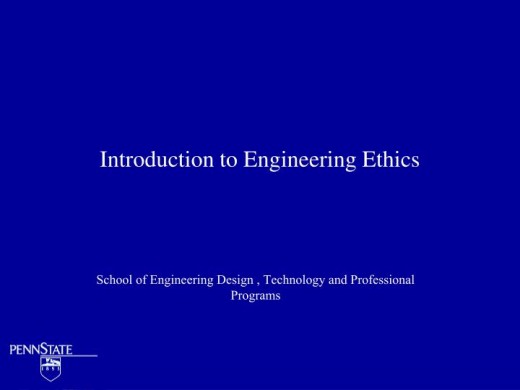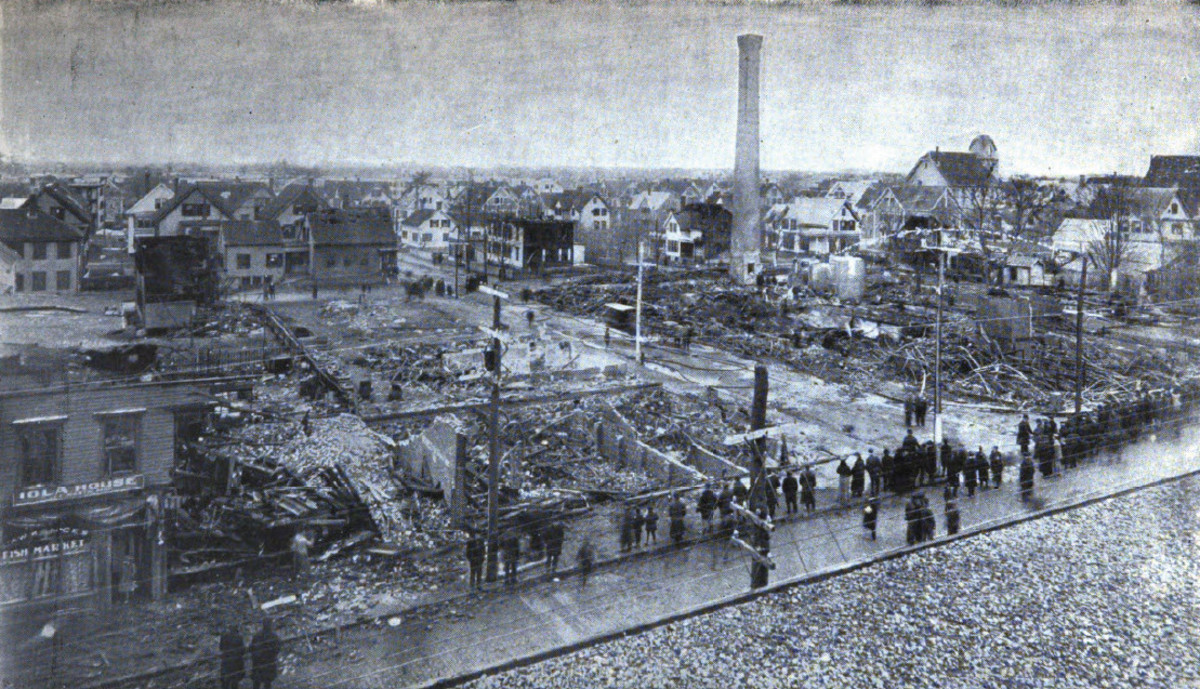Engineering Ethics: Health in the Workplace
Introduction
Good working conditions defined regarding Safety, Environment and health are deliberated as of the chief precedence amid the undertakings supported in a Chemical manufacturing company. The chemical engineering industry has obligations to progress and upholds the technologies, standards, finest observes and programs that are indispensable to improve safety in the place of work. The critical goal of the set standards and regulations in this regard is to upsurge safety by thwarting chances of accidents and injuries. An elaborate and well-adopted system in a chemical manufacturing industry would also guarantee abridged material losses, cut down on direct and indirect costs associated with accidents and health hazards in addition to improving productivity.
It is thus a professional responsibility in a chemical manufacturing company to carry out an identification of potential dangers. Hazard Identification should be the initial step that is done in Safety Management System (SMS). Here we would be able to categorize the hazards that the company faces in its working environment. These could be a fire explosion, chemical hazard, blowout, transportation, ill-health, and environmental pollution among others. The policies put in this regard must undergo a comprehensive examination in all operations. These are clearly advocated for and outlined in the Engineering ethics. Unfortunately, some Chemical manufacturing companies tend not to pay much attention to this aspect of the professional responsibility. This paper looks at such a case of Engineering Ethics Violation from a chemical plant known as ABC manufacturing.
Background
ABC Manufacturing has workers in their plant open to hot metals for eight hours a day, five days a week. In the work environment, several employees seem to develop respiratory problems continuously. The workers often complain about the bad smelling fumes from the hot metals to which they are exposed. Don Hayward a chemical engineer, who is the supervisor in the plant goes ahead and questions his superior, Cal Brundage, on air eminence in the workplace. Cal replies that the workplace is in complete acquiescence with OSHA guidelines. In this regard, Don acquires knowledge that OSHA guidelines have no clauses applying to chemicals that have not been tested. In the ABC’s workplace, a comparatively small percentage of chemicals have necessarily been tested. This plays to be the crucial case as an immense bulk of chemicals these workers are exposed to at ABC have not been tested.
Don Hayward is determined to find out if there is any relationship between the working conditions and the respiratory problems that the employees at the plant are developing. He does a literature search to find any material that might be supportive in defining why the personnel developed respiratory problems. Fortunately, Don finds an article title that looks resourceful towards his quest. However, on making a request to the reference librarian to send him a copy of the same, he is told that his request must have a signed approval of Cal Brundage. He goes ahead and makes a request to Cal to be able to approve his request for getting a copy of this critical article.
One month after Don had made his request to Cal, the article was yet to arrive. He goes ahead and asks Cal about the request he had made. Cal’s response was that he did not recall ever seeing such a request, maybe it must have gotten "lost in the shuffle." Don still determined to get this article goes ahead to fill another form and for this instance hands it himself to Cal. Cal says he will send it to the reference librarian right away. An additional month lapses and the article is yet to get to Don. Don statements his frustration to the reference librarian. The librarian’s response is that he has never received a request from Cal.
In this case, there are fundamental issues that are pressing, but unfortunately, a lot of complacencies are exhibited by the relevant people who need to address these. However, Don Hayward in his role as the supervisor acts ethically in line to try and make the workplace health concerns determined and treated accordingly. This is in his concern when several workers develop respiratory problems and complain about "those bad smelling fumes from the hot metals." Unfortunately, there is a further issue of obstructionism, in a situation where undiscovered safety hazards are most probably present. This is exhibited by Cal, who tries to build a wall in Don’s quest to determine the underlying health hazards in the plant.
Read more about Engineering Ethics

Discussion
In the case of ABC Manufacturing to a large extent, there is neglect to the protection of the public welfare. There are wide complains in the plant regarding the bad smelling fumes from hot metals. It is in the best interest of the people concerned to seek solutions for this complaint. When the supervisor attempts to have this addressed by Cal Brundage his superior, Cal’s answer is that the company's workplace is in full compliance with OSHA guidelines. However, only a slight percentage of the chemicals in the workplace have been tested; it is well in the knowledge of Cal that OSHA procedures do not spread over to materials that have not been tested. Thus, if the company is using untested materials, it is its responsibility to have public welfare addresses by taking heed of every safety concern about its operations. Further, it is a violation to obstruct a concerned individual’s push to get access to information about the dangers that lay under the operations and the environment of the plant.
In this case, there are concerns that some clauses of the engineering professional responsibilities and ethics may have been underemphasized in the practice and operations of ABC Manufacturing. The professional responsibilities here lay key emphasis on aspects of:
• Welfare and the safety of the general Public and Clients
• Professional Ethics
• Legal Liabilities of Engineers
• Environmental Responsibilities
• Quality
• Communications
Every word of these key areas relates predominantly to the dealings of an engineer or company thereof to others. Others here include clients, the general public, companies, workforces, and to the profession of engineering. Concerning the engineering ethics, we can comfortably argue that engineers should practice engineering principles from the viewpoint of a moral agent as contrasting to an honest judge.
From these aspects of professional responsibilities and ethics, ABC Manufacturing ignored its responsibilities of ensuring Safety and Welfare of the staff, Public and of Clients as an engineering firm. Further, Cal blocking Don’s quest to unearth the underlying causes of the respiratory problems suffered by the employees is an obstruction case that contravenes the professional ethics of engineering.
For ABC Manufacturing as an organization, it is imperative first to pay attention and develop a fundamental acceptance of their professional responsibilities. Organizations should avoid situations in which the codes of ethics and professional responsibilities are viewed as static, laid out by others bodies for engineering applications. This would help avoid situations such as that of Cal claiming that the plant is OSHA compliant, yet a lot of health hazards are seen to exist. Understanding that these practices are dynamic would help the organization examine and adopt best practices about their plant. ABC has to localize the experience in their case by developing professional responsibilities and codes for conduct at the company, division, or departmental levels. This would help them have a clear performance standard that describes the objectives that must be met, but without stipulating the method for undertaking those objectives. The method is to be chosen relative to the ethics and the situation at hand to be addressed.
Conclusion
In conclusion, every company and every engineer needs to understand their second-order duty. This ensures that there are adequate legal and control mechanisms shaped to guarantee that concerned fellows like Don can do their first-order duty with a minimum of risk to themselves and their careers. These regulations need to be designed in models that obstructionism engaged by individuals such as Cal ought to pose huge risks to their careers; this can involve penalties such as firing or incarceration. This would ensure that if such people have no concern for morality, self-interest could persuade them to do the right thing. Having individuals who respect honesty would give us an excellent possibility of winning wars in moral conflict situations. In this, we can avoid being skeptical on moral duties involving essential matters as health and safety issues.








